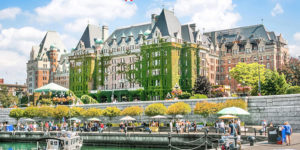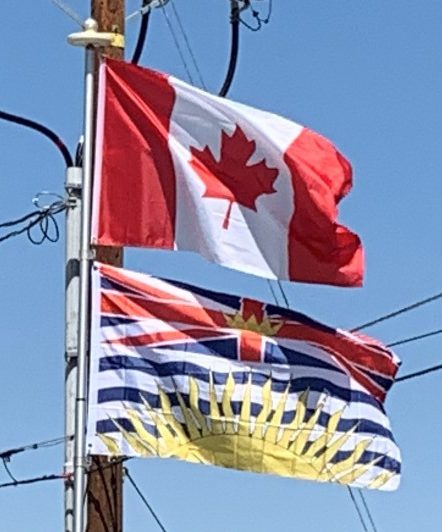In the 2017 election, the NDP formed a minority government with the support of the Green Party through a confidence and supply agreement. The NDP and Green caucuses together control 44 seats, compared to the Liberals’ 43. On July 18, 2017, NDP leader John Horgan was officially sworn in as premier of British Columbia. He was the province’s first NDP premier in 16 years.
British Columbia was also significantly affected by demographic changes within Canada and around the world. Vancouver (and to a lesser extent some other parts of British Columbia) was a major destination for many of the immigrants from Hong Kong who left the former UK colony (either temporarily or permanently) in the years immediately prior to its handover to China. British Columbia has also been a significant destination for internal Canadian migrants. This has been the case throughout recent decades, because of its natural environment, mild climate and relaxed lifestyle, but has been particularly true during periods of economic growth. British Columbia has moved from approximately 10% of Canada’s population in 1971 to approximately 13% in 2006. Trends of urbanization mean the Greater Vancouver area now includes 51% of the province’s population, followed by Greater Victoria with 8%. These two metropolitan regions have traditionally dominated the demographics of BC.

By 2018, housing prices Vancouver were the second-least affordable in the world, behind only Hong Kong. Many experts point to evidence of money-laundering from mainland China as a contributing factor. The high price of residential real estate has led to the implementation of an empty homes tax, a housing speculation and vacancy tax, and a foreign buyers’ tax on housing.
The net number of people coming to BC from other provinces has grown almost four times larger since 2012. BC was the largest net recipient of inter provincial migrants in Canada in the first quarter of 2016 with half of the 5,000 people coming from Alberta.
Geography:
British Columbia is bordered to the west by the Pacific Ocean and the American state of Alaska, to the north by Yukon Territory and the Northwest Territories, to the east by the province of Alberta, and to the south by the American states of Washington, Idaho, and Montana. The southern border of British Columbia was established by the 1846 Oregon Treaty, although its history is tied with lands as far south as California. British Columbia’s land area is 364,800 square miles. British Columbia’s rugged coastline stretches for more than 17,000 miles, and includes deep, mountainous fjords and about 6,000 islands, most of which are uninhabited. It is the only province in Canada that borders the Pacific Ocean.
British Columbia’s capital is Victoria, located at the southeastern tip of Vancouver Island. Only a narrow strip of Vancouver Island, from Campbell River to Victoria, is significantly populated. Much of the western part of Vancouver Island and the rest of the coast is covered by temperate rain-forest. The province’s most populous city is Vancouver, which is at the confluence of the Fraser River and Georgia Strait, in the mainland’s southwest corner (an area often called the Lower Mainland). By land area, Abbotsford is the largest city. Vanderhoof is near the geographic center of the province.
